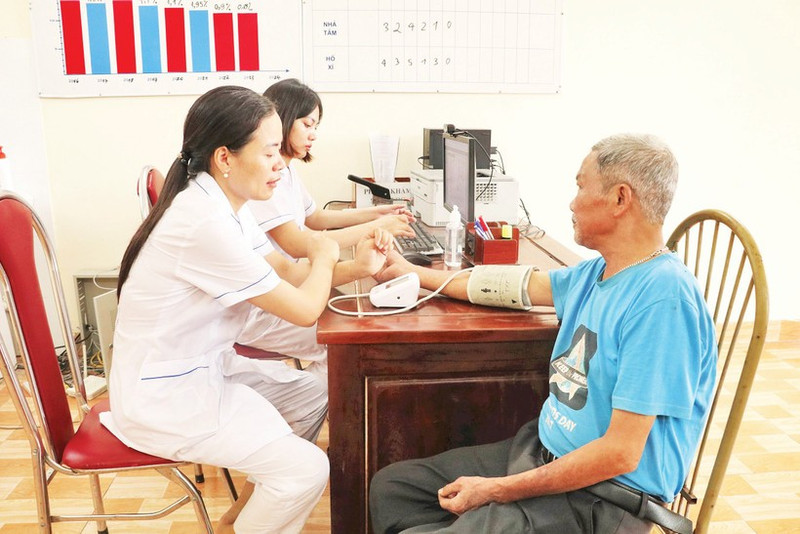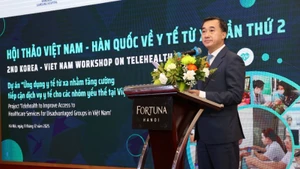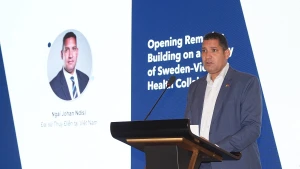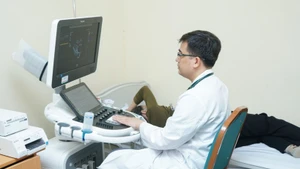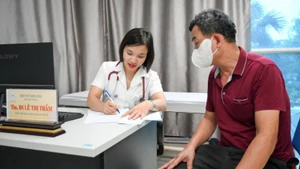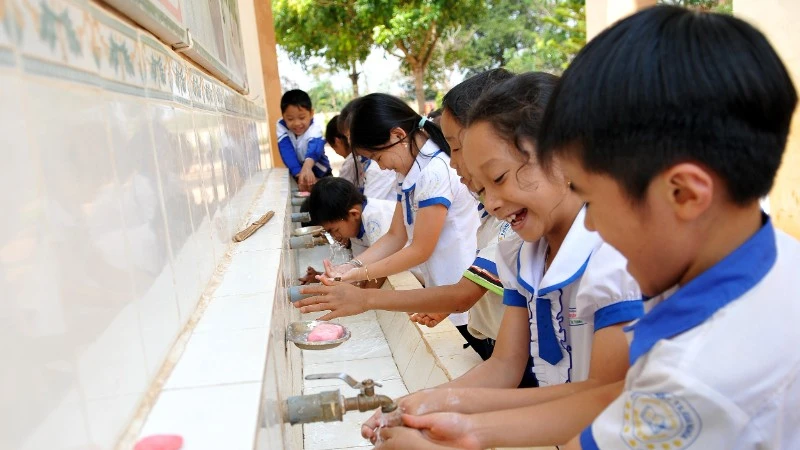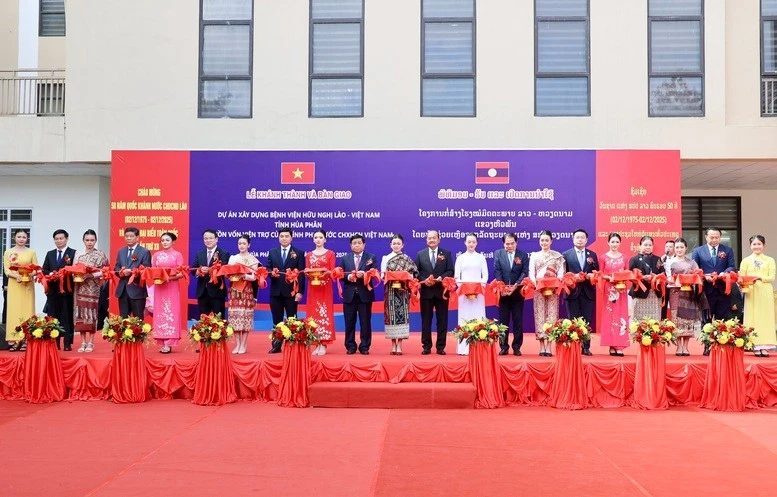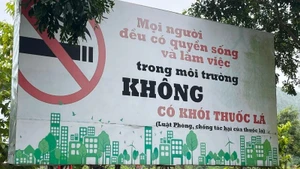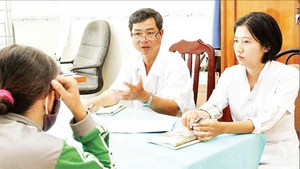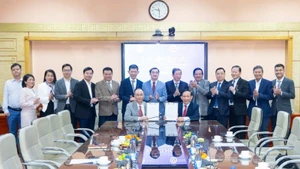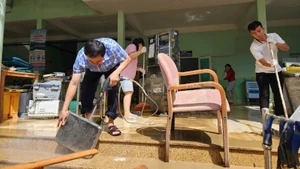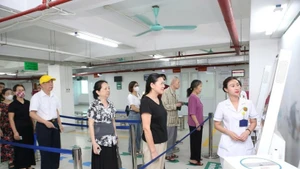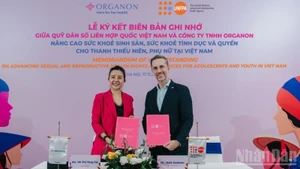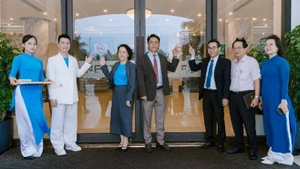Ensuring an uninterrupted healthcare system
Before the merger of the two-tier government (July 1, 2025), the country had more than 11,400 commune, ward, and township health stations — known as the “gatekeepers” of the health system, as the first-contact points with people, both providing primary healthcare and detecting and controlling diseases in the community.
Based on the reorganisation of local governments according to the two-tier model, following the Ministry of Health’s guidelines, after the merger, grassroots healthcare continues to operate in the merged areas, ensuring people’s convenient access to initial health services. Specifically, for healthcare facilities without changes or additional functions and duties, the current headquarters and properties will basically be maintained; for healthcare facilities with changes or added functions and duties, localities have proactively reviewed needs, initially rearranging and adjusting from surplus premises in the area to meet and suit their new functions and duties immediately after the local government’s two-tier model reorganisation.
To ensure resources, the Ministry of Health is implementing the plan to consolidate the primary healthcare network for the 2025-2030 period, including maintaining staffing and stabilising medical teams in specific areas, combined with policies to attract and retain human resources such as Decree No. 76/2019/ND-CP on policies for officials, civil servants, public employees, workers, and salaried personnel in the armed forces working in socio-economically disadvantaged areas, and Project 585 (issued with Decision No. 585/QD-BYT, dated February 20, 2013) on sending young volunteer doctors to work in remote, mountainous, and island districts (now special economic zones). Investment in infrastructure and equipment continues to be implemented under the mid-term investment plan, unaffected by administrative mergers.
Regarding people’s health insurance benefits, under Clause 1 and Clause 3, Article 22 of the 2008 Health Insurance Law, amended and supplemented in Law No. 51/2024/QH15, persons holding health insurance cards continue to enjoy full benefits at the appropriate entitlement level when seeking medical examination and treatment at newly registered locations due to changes in residence or administrative units (effective from July 1, 2025).
People can still receive medical examination and treatment at the originally registered places or be referred according to regulations. The Ministry of Health is coordinating with Vietnam Social Security to update the list of medical examination and treatment facilities in the data system, ensuring people’s benefits are not interrupted due to administrative boundary changes. Support policies for health insurance contributions continue to be implemented according to Decree No. 146/2018/ND-CP and related guiding documents.
True “gatekeepers”
The grassroots healthcare level plays a key role in the health care of the entire population. Common illnesses and non-communicable chronic diseases such as hypertension and diabetes, if well monitored and managed at the grassroots level, help limit severe complications, reduce costs for patients, and relieve the healthcare system.
From practical experience, many grassroots healthcare staff believe the suitable model for the current stage is: “One main station – multiple satellite stations”. Accordingly, each commune or ward will have one central station with a full complement of station chief, deputy chief, doctors, nurses, midwives, pharmacists, and other positions. Satellite stations are placed in locations far from the commune centre, with each staffed by two to four officers and rotating doctors from the central station as needed.
In reality, in many localities, the health sector has been mobilising personnel, doctors, and nurses from district health centres and commune or ward health stations to work at the new commune or ward health stations of the new administrative units.
According to Tran Thi Trang, Director of Health Insurance Department under Ministry of Health, commune and ward health stations have been assigned many new tasks and powers, such as performing technical procedures, tests, imaging diagnostics and functional explorations, and organising periodic health checks for residents. Future commune health stations will resemble polyclinics — primary healthcare facilities capable of outpatient multi-specialty examination and treatment, elderly and child healthcare, chronic patient care, mental health counselling, etc. The biggest current bottleneck for grassroots healthcare to carry out these tasks is human resources.
To address this issue, Ms Trang said policies to attract and train human resources are needed, consistent with the spirit of Resolution No. 46-NQ/TW of the Party Central Committee on the protection, care, and improvement of people’s health in the new situation, regarding the medical profession as a “special profession”.
Many experts believe that, beyond organisational model changes, grassroots healthcare also currently needs to change its operation methods. With only two levels of government remaining, grassroots healthcare must truly become the primary health care level, performing functions of prevention, early detection, chronic disease management, periodic health checks, and applying electronic health records. This is an opportunity for comprehensive innovation of the primary healthcare system, requiring breakthroughs to restore people’s trust in grassroots healthcare.
The mindset about commune healthcare must change towards being the “core” of the national primary healthcare system and the “gateway” of the health system. From there, reasonable mechanisms and appropriate investment policies are needed to address current shortcomings.
To enable commune and ward health stations to fully play their “gatekeeper” role requires many synchronous solutions and policies, from infrastructure to personnel, training highly qualified and specialised human resources, with the active involvement of all levels and sectors.
